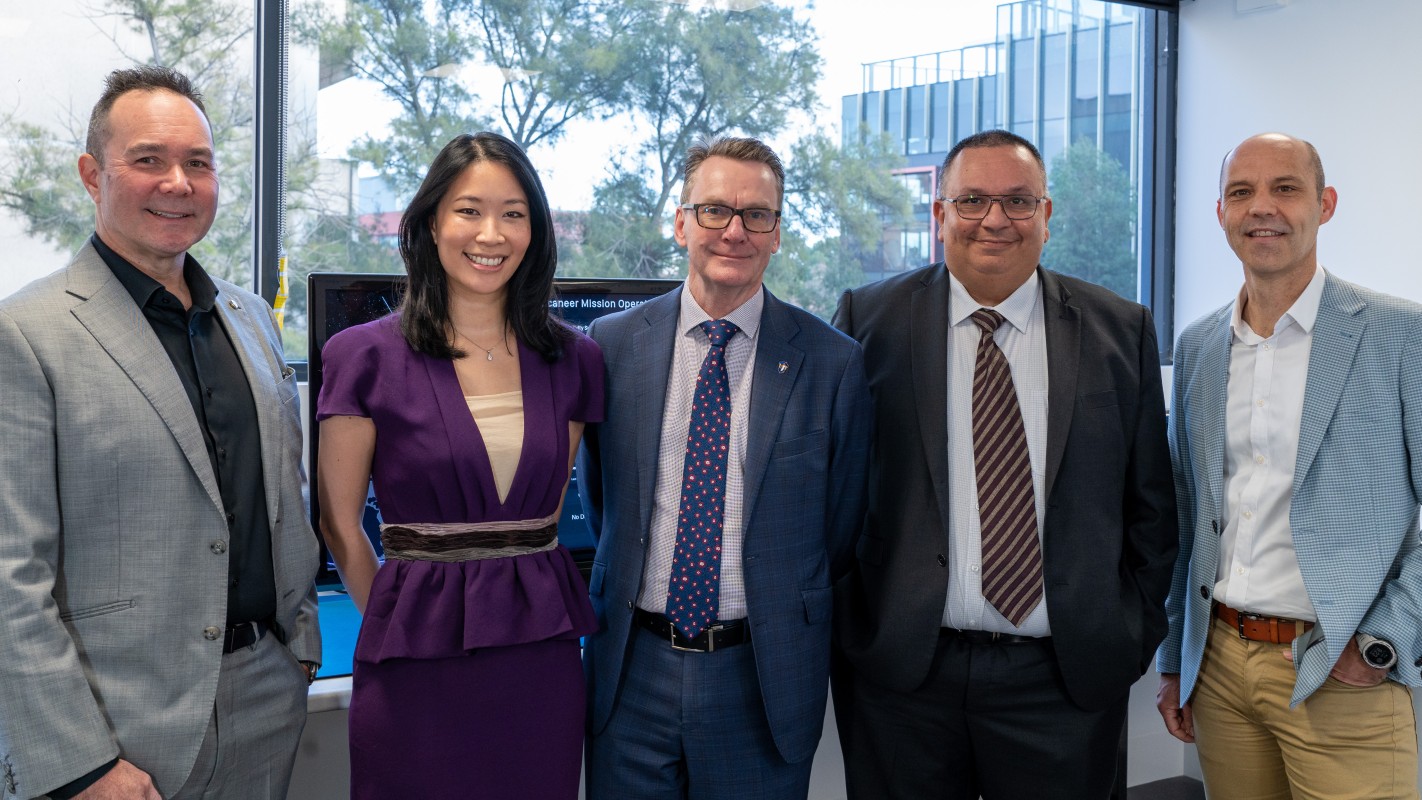Key Takeaways
- Optus, HEO, and the University of Southern Queensland are collaborating on a space telescope project, the Adler Imager, to enhance non-Earth imaging capabilities.
- The Adler Imager aims to provide insights for defense, intelligence, and commercial sectors.
- A second initiative involves the University of South Australia developing a compact optical communication terminal for rapid data transfer between satellites and ground stations.
New Collaborations in Australian Space Technology
By partnering with industry leaders across public, private, and academic sectors, Australia aims to advance technology solutions that drive growth and innovation in the telecommunications sector.
Optus is at the forefront of one major project, teaming up with HEO and the University of Southern Queensland to create the Adler Imager. This equipment is a specialized space telescope designed to capture high-resolution images of space objects. These images will be invaluable for defense and intelligence agencies, as well as commercial clients, enhancing their ability to analyze non-Earth environments.
Joann Yap, senior partnerships manager at HEO, emphasized the power of this collaboration, stating that it combines the advanced technological capabilities of HEO, Optus’ expertise in satellite operations, and the research prowess of the University of Southern Queensland. This partnership is focused on delivering sovereign space solutions that will benefit Australia and its allies, thereby stimulating growth in the Australian space industry.
In addition to the Adler Imager, another significant project is in the works at the University of South Australia, supported by the SmartSat CRC. This initiative involves developing a compact communication terminal that leverages optical technology to facilitate high-speed data exchange between satellites and ground terminals. This innovation is expected to enhance communication capabilities within the space sector, further advancing Australia’s position in global telecommunications and space exploration.
Together, these projects illustrate a robust commitment to spatial innovation and technology in Australia, with the potential to support national and international interests and propel the development of the local space industry as a whole.
The content above is a summary. For more details, see the source article.














